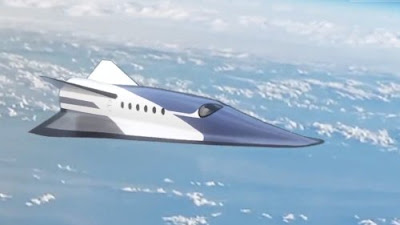NASA's Uranus Discovery
Massive Plasmoid Tearing Off Uranus' Atmosphere
NASA Spacecraft Flew Right through It
NASA researchers have made a remarkable discovery from the Voyager 2 space mission to the outer planets more than thirty years ago in January 1986. They've spotted a massive bubble breaking away from Uranus' atmosphere that may have taken some of the planet's gassy atmosphere with it. NASA just announced the discovery. They're calling it a huge plasmoid loaded with supercharged particles. Remarkably, the Voyager 2 spacecraft flew right through it.
Plasmoids
Plasmoids are massive space bubbles filled with charged particles that can break away from a planet. They pull charged particles out of a planet's atmosphere and hurl them into space. Such activity has been spotted from Earth and nearby planets but never before on Uranus. NASA scientists are studying this event because, they say, if you change a planet's atmosphere, you can change the planet itself.
Huge Space Event
NASA believes this plasmoid was huge. They estimate it as 250,000 miles wide and 127,000 miles long. The NASA scientists discovered it by analyzing the magnetic field around Uranus as captured by Voyager 2, every two minutes. No research had drilled down on the magnetic field to that degree. Their analysis revealed an abrupt zigzag in the magnetic field that lasted one minute during the Voyager's 45 hour journey past the planet. That one minute wobble in the planet's magnetic field was a huge plasmoid breaking away from Uranus like a massive teardrop and hurling energy into space NASA believes that learning from such events may help scientists to better understand the formation of planets.
Space Journeys
For a free sample read of my latest book on space "Bargain Space Trips", go to https://www.amazon.com/gp/product/B085N5M8RT/ref=dbs_a_def_rwt_bibl_vppi_i18




Comments
Post a Comment